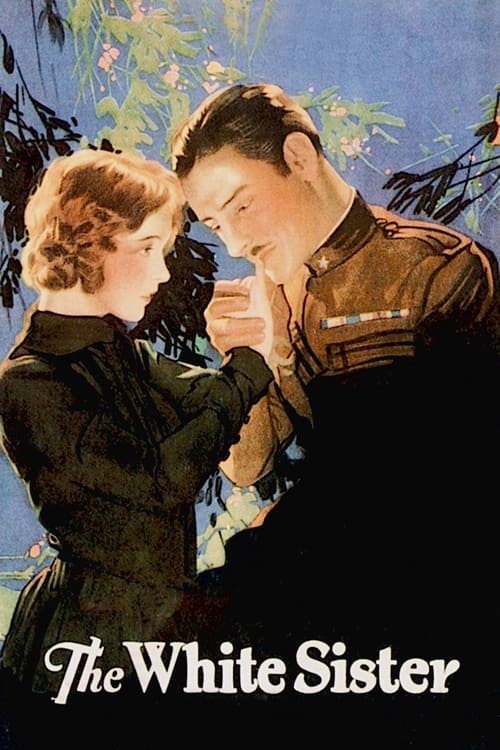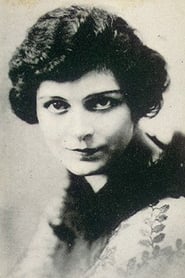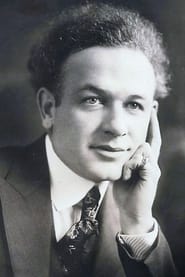Cast
View AllLillian Gish
as Angela Chiaromonte
Ronald Colman
as Capt. Giovanni Severi
Gail Kane
as Marchesa di Mola
J. Barney Sherry
as Monsignor Saracinesca
Charles Lane
as Prince Chiaromonte
Juliette La Violette
as Madame Bernard
Gustavo Serena
as Prof. Ugo Severi
Alfredo Bertone
as Filmore Durand
Roman Ibanez
as Count del Ferice
Alfredo Martinelli
as Alfredo del Ferice
Ida Carloni Talli
as Mother Superior
Giovanni Viccola
as Gen. Mazzini
Antonio Barda
as Alfredo's Tutor
Giacomo D'Attino
as Solicitor to the Prince
Michele Gualdi
as Solicitor to Count
Crew
Director
- Henry King
Writer
- George V. Hobart
- Charles E. Whittaker
Producer
- Henry King
Reviews
CinemaSerf
Lilian Gish pulls out all the stops in this rather sad melodrama about the young daughter of "Prince Chiaromonte". She is his daughter by a second marriage, and when he dies in a riding accident - she finds herself cast out by her elder half-sister who has destroyed the old man's will. Luckily she has the love of "Capt. Severini" (Ronald Colman) but he is despatched to Africa before they can wed. Time passes slowly, she pines something terrible, so imagine her shock when she is informed by "Monsignor Saracinesca" (J. Barney Sherry) that he has been killed-in-action! She turns to the church for solace and becomes a nun, numb to her feelings... Fly in the ointment? Well, the good pastor was a bit premature and when her beau returns unscathed she must make some really tough decisions. Colman features only sparingly, as does Gail Kane as her pretty ruthless sibling but the film belongs to the Gish - or, more especially, her eyes. They are so emotive. For much of the time she is the recipient of bad news, so her grief-stricken expressions get plenty of exercise. Roy Overbaugh has created some beautiful imagery in both the religious and desert settings and Henry King manages to elicit much from a star very much at the top of her game. Maybe the story is a bit predictable but the performances carry it along - for an overly long 2 hours, I have to say - well enough to sustain interest for most of the time. I'd have liked to have seen a little more action from Colman - but as it is, it's a gently evolving story that has stood up well.
Jun 6, 2022
Thematic Analysis
As a dramatic work, The White Sister examines complex human relationships and emotional struggles against the backdrop of a period setting that reflects societal issues of its time. The character development particularly stands out, offering viewers a chance to reflect on their own life journeys.
Director Henry King brings their distinctive visual style to this film, continuing their exploration of themes seen in their previous works while adding new elements. Their approach to character development and emotional depth creates a viewing experience that rewards close attention.
Released in 1923, the film exists within a cultural context that now offers viewers historical perspective on the social issues of that era. Its reception demonstrates the diverse reactions to its artistic choices and its place in cinema history.
Did You Know?
- The production of The White Sister took approximately 22 months from pre-production to final cut.
- The final cut of the film runs for 135 minutes, though the director's initial assembly was reportedly 189 minutes long.
- The director insisted on using practical effects whenever possible, reserving CGI for only the most necessary scenes.
- The cast underwent specialized training for 8 weeks before filming began.
- The costume department created over 363 unique costume pieces for the production.
Historical Context
- In 1923, when this film was released:
- Television was becoming a dominant form of home entertainment.
- The Cold War was intensifying, influencing global politics and culture.
- The film industry was dominated by major studios, with independent cinema still in its early development.
How This Film Stands Out
While The White Sister shares thematic elements with other films in its genre, it distinguishes itself through its unique approach to storytelling, visual style, and character development.
Unlike The Inner Voice, which takes a more conventional approach to its subject matter, The White Sister offers a fresh perspective through its innovative visual language and narrative structure.
While films like The Sealed Room and Battleship Potemkin explore similar territory, The White Sister stands apart through its deeper exploration of its central themes and more complex characterization.
This film's unique contribution to cinema lies in its bold artistic choices and willingness to challenge viewer expectations, making it a valuable addition to its genre.
Details
- Release Date: September 5, 1923
- Runtime: 2h 15m











